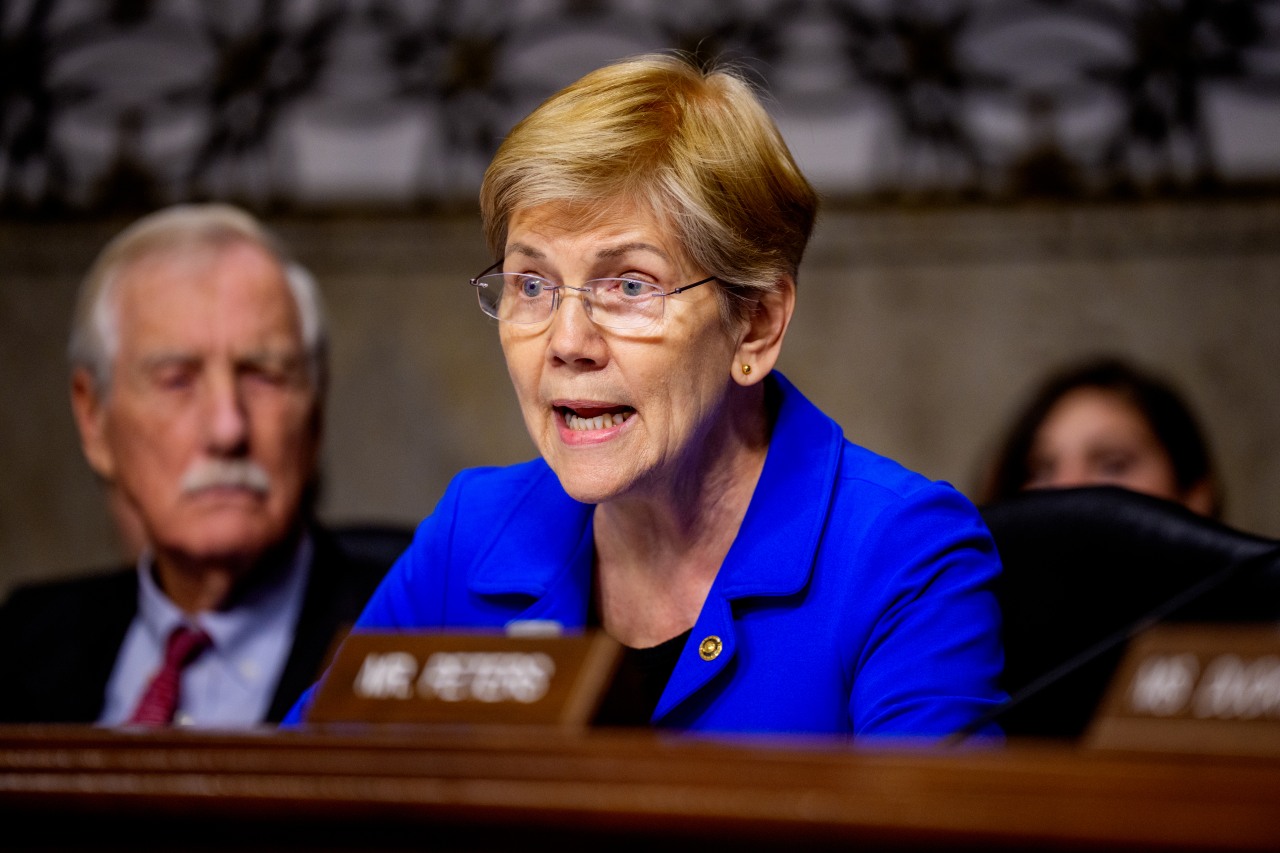General Urges Industry to Accelerate Prototyping for Military Readiness

During a recent conference in Hawaii, a leading general in the Indo-Pacific region called on industry to enhance collaboration by providing more prototypes for military exercises. Lt. Gen. James Glynn, commander of Marine Corps Forces Pacific, emphasized the need for rapid innovation to meet the evolving challenges faced by armed forces.
Prototypes Essential for Speed and Adaptability
Speaking at AFCEA’s TechNet Indo-Pacific event, Glynn urged manufacturers to not only bring prototypes but to leave behind multiple units for ongoing testing and development. “When you come with a prototype, don’t come with one with the intention to take it home with you,” Glynn stated. He highlighted the importance of having access to these systems after exercises, allowing military personnel to further explore their capabilities.
“Come with five. Take one or two home and leave three with us, and we’ll continue to work on it,” he added. Glynn assured industry partners that the military would provide access to all data collected during trials. The goal, he explained, is to identify weaknesses and improve the prototypes, ultimately enhancing operational effectiveness.
Urgency in Military Innovation
Glynn underscored the critical nature of speed in the current military landscape. Forces cannot afford to wait for perfect solutions or lengthy development timelines. “Partner with us to fail. Got no problem when it doesn’t work,” he said, stressing that prototypes enable swift progress toward operational solutions.
He pointed to the Joint Fires Network as a successful example of rapid prototyping. This initiative was designed to address the urgent needs of combatant commands by providing real-time, actionable threat information. It began as a collection of promising prototypes that were combined to create an effective capability. “It didn’t matter at the time that it wasn’t a program of record,” Glynn remarked. “I don’t care. It’s what we’re using, it’s what we’re going to have to use, we have to move at speed.”
Glynn’s primary concern lies in the industry’s ability to deliver prototypes and trust the military to retain them for continuous development. He emphasized the need to transform prototypes into formal programs of record that can be delivered within realistic timelines. “We’re working in weeks and months, not years out here in the Indo-Pacific,” he reiterated, highlighting the urgency for timely solutions in a rapidly changing environment.
As military operations become increasingly complex, the call for more prototypes reflects a broader strategy of agility and responsiveness. This approach not only enhances military readiness but also fosters deeper collaboration between the armed forces and industry partners.






